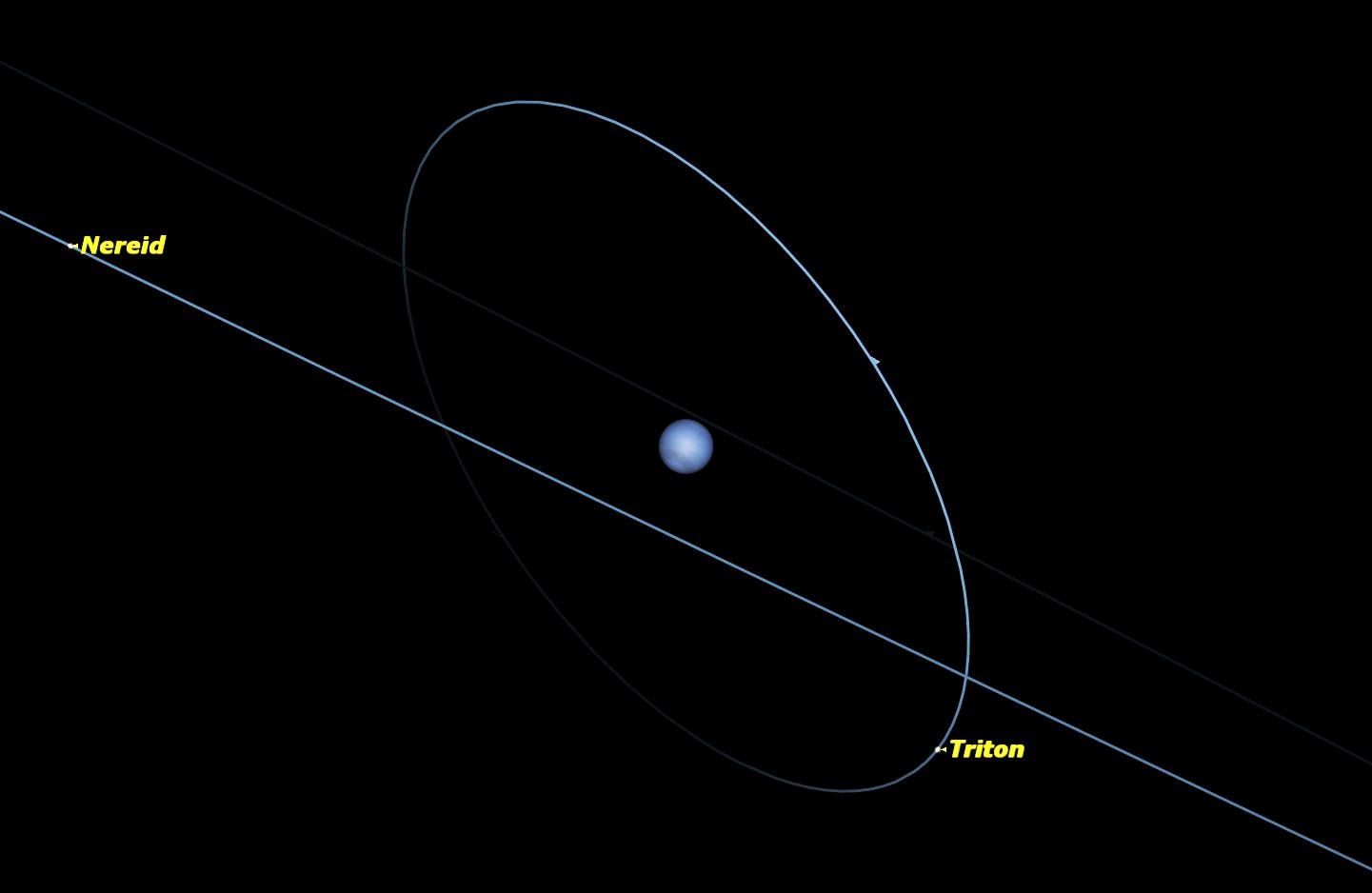Moon Phases
Sunday, January 4, 11:53 p.m. EST
Full Moon
The Full Moon of January is known as the “Wolf Moon” or “Old Moon.” It rises around sunset and sets around sunrise; this is the only night in the month when the Moon is in the sky all night long. The rest of the month, the Moon spends at least some time in the daytime sky.Tuesday, January 13, 4:46 a.m. EST
Last Quarter Moon
The Last Quarter Moon rises around 12:30 a.m. and sets around noon. It is most easily seen just after sunrise in the southern sky.Tuesday, January 20, 8:14 a.m. EST
New Moon
The Moon is not visible on the date of New Moon because it is too close to the Sun, but can be seen low in the East as a narrow crescent a morning or two before, just before sunrise. It is visible low in the West an evening or two after New Moon.Monday, January 26, 11:48 p.m. EST
First Quarter Moon
The First Quarter Moon rises around 11 a.m. and sets around 1 a.m. It dominates the evening sky.Observing Highlights
Saturday, January 3, 9 p.m. EST
Quadrantid meteor shower peaks
A waxing gibbous Moon will interfere with viewing this meteor shower. The best meteors will be visible after midnight, about 90 degrees away from the radiant in Boötes.Tuesday, January 6, 6:56–8:08 a.m. EST
Double shadow transit on Jupiter
The shadows of Io and Europa will fall simultaneously on Jupiter.Thursday–Monday, January 8–12, dusk
Mercury close to Venus
Mercury will be within one degree of Venus for five days, making it easy to spot in evening twilight. Mars is also visible higher in the sky.Friday, January 9, 8:15–10:05 p.m. EST
Double shadow transit on Jupiter
The shadows of Io and Europa will fall simultaneously on Jupiter.Friday, January 16, 1 hour before sunrise
Saturn and the Moon
Saturn will be close to the slender waning crescent Moon, just before sunrise Tuesday morning.Friday, January 16, 10:51–11:59 p.m. EST
Double shadow transit on Jupiter
The shadows of Io and Europa will fall simultaneously on Jupiter.Monday, January 19, dusk
Neptune and Mars
Neptune and Mars will pass within 15 arc minutes of each other, a rare planetary conjunction.Friday–Saturday, January 23–24, 11:35 p.m.–03:00 a.m. EST
Double and triple shadow transit on Jupiter
The shadows of Io, Europa, and Callisto will fall simultaneously on Jupiter; this is an extremely rare event, which will not occur again until 2032.Thursday, January 29, dusk
Aldebaran and the Moon
The waxing gibbous Moon is east of the red giant star Aldebaran and the Hyades star cluster. The bright Pleiades star cluster is above and towards the west.Planets
Mercury is well placed in the evening sky close to Venus.Venus is an “evening star” in the southwestern sky just after sunset.
Mars spends most of the month in Aquarius, low in the southwestern sky after sunset.
Jupiter now rises in the early evening in the constellation Leo, and shines brightly in the southern sky the rest of the night. The current series of double shadow transits culminates in a triple shadow transit on the night of January 24.
Saturn moves from Libra into Scorpius on January 17 the southeastern morning sky.
Uranus is well placed in Pisces in the evening sky, setting in late evening.
Neptune is low the western evening sky in Aquarius.
Geoff Gaherty
Starry Night Software Support
All graphics © 2015 Starry Night Software




















No comments:
Post a Comment